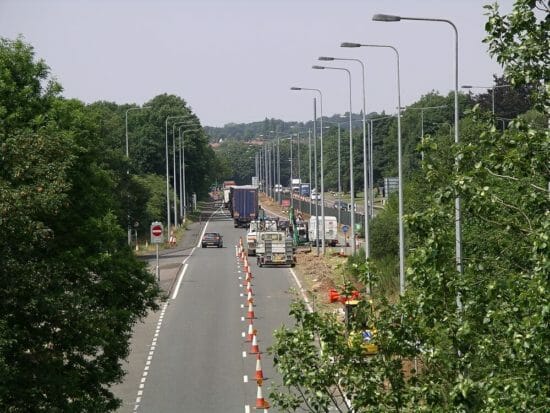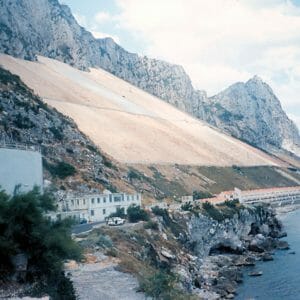E – 1340 MUTCD – Roadway Traffic Control
$150.00
Courses Included
This course shows how to effectively use the Manual on Uniform Traffic Control Devices (MUTCD) for establishing roadway traffic control. The overall objective is to give engineers and designers an in-depth look at traffic control selection and design principles.
The Manual on Uniform Traffic Control Devices for Streets and Highways (MUTCD) 2009 Edition will be referenced to explain fundamental roadway traffic control. It is the recognized national standard for all traffic control devices installed on any road or bikeway. Any traffic control device design or application contained within it is considered to be in the public domain and available for use.
Nationwide consistency is the goal of the Manual on Uniform Traffic Control Devices (MUTCD) by requiring uniform, understandable, and effective devices. This course is intended to serve as guidance and not as an absolute rule. It was written to help you learn to use the MUTCD more effectively for establishing roadway traffic control. Should there be any discrepancies between the contents of this course and the MUTCD – always follow the MUTCD.
Description
This course shows how to effectively use the Manual on Uniform Traffic Control Devices (MUTCD) for establishing roadway traffic control. The overall objective is to give engineers and designers an in-depth look at traffic control selection and design principles.
The Manual on Uniform Traffic Control Devices for Streets and Highways (MUTCD) 2009 Edition will be referenced to explain fundamental roadway traffic control. It is the recognized national standard for all traffic control devices installed on any road or bikeway. Any traffic control device design or application contained within it is considered to be in the public domain and available for use.
Nationwide consistency is the goal of the Manual on Uniform Traffic Control Devices (MUTCD) by requiring uniform, understandable, and effective devices. This course is intended to serve as guidance and not as an absolute rule. It was written to help you learn to use the MUTCD more effectively for establishing roadway traffic control. Should there be any discrepancies between the contents of this course and the MUTCD – always follow the MUTCD.
- Specific meanings of “shall”, “should”, and “may”
- Basic requirements of traffic control devices
- Sign categories and usage
- Location and placement considerations for signs
- Different pavement marking functions and specifications
- Design and application of delineators
- Traffic signals and their warrants
- Advantages and disadvantages of traffic control signals
- Low-volume road traffic control devices
- Fundamental principles of temporary traffic control
- Typical temporary traffic control zone components
- School traffic control factors
- Rail grade crossing traffic control and applications
- Traffic control design for bikeways and shared-use paths






